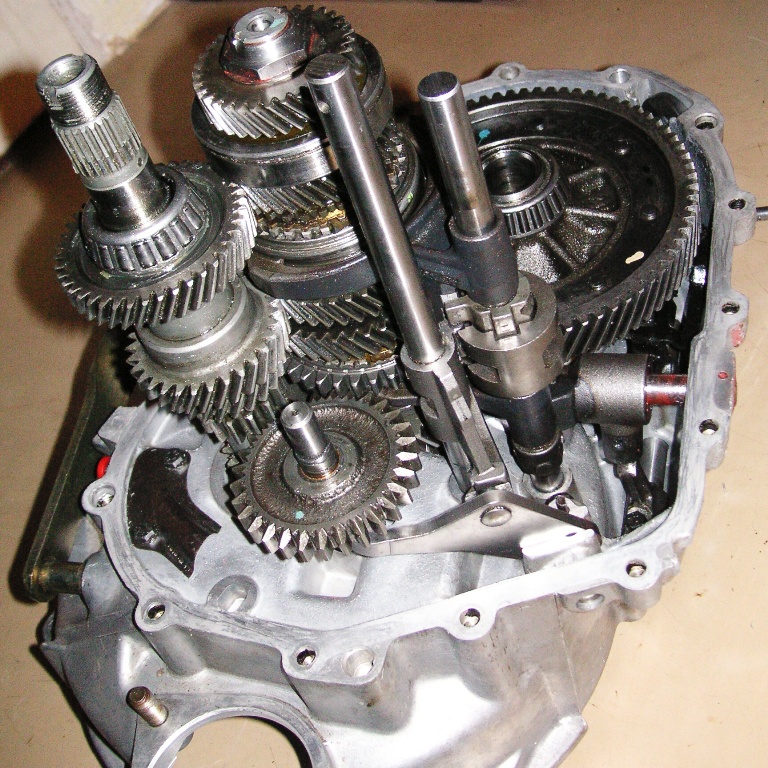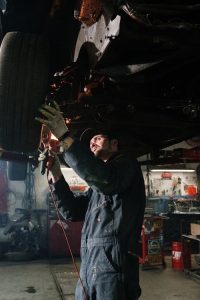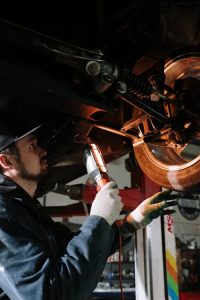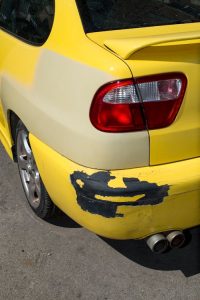Contents
– What is the role of a gearbox?
– Description and operating principle of a gearbox
– Gearbox problems: the main symptoms
– Gearbox maintenance
Most cars are equipped with mechanical gearboxes, and even today, with robotised gearboxes. This post focuses on the role, operation, and maintenance to tell you everything you should know about gearbox problems.
What is the role of a gearbox?
On a car, the gearbox has multiple functions. It allows to:
– transmit the engine rotation to the wheels;
– adapt the rotation speed, power and torque according to the driving conditions (starting, hill, high speed, etc.);
– reverse the direction of rotation for reverse gear;
– uncouple the engine from the wheels (neutral).
Description and operating principle of a gearbox
The gearbox is part of the power train and is located between the engine and the wheels. Let’s follow the kinematics of the movement:
– the rotation of the crankshaft passes through the flywheel and the clutch and arrives at the gearbox input via the pinion;
– the primary shaft, in its extension, drives the pinions of each gear attached to the shaft;
– the rotational movement is transmitted to the idler gears on the secondary shaft;
– when a gear is selected, a linkage moves a synchronizer on the desired pinion to make it integral with the secondary shaft; it enters into the rotation and transmits its movement to the differential, then to the wheels.
Good to know: for each driving pinion of the primary shaft, there is a driven idler pinion of the secondary shaft. The ratio of teeth of the 2 pinions defines the gearbox ratio.
Gearbox problems: the main symptoms
The signals of gearbox malfunction are variable:
– Crackling when shifting gears
Here, it is undoubtedly a question of one or more worn synchronizer rings. These rings, made of soft brass-based metal, are used to engage the synchronizer on the secondary gear. When they are damaged, the speeds generated by the primary and secondary shafts prevent the pinion teeth from meshing.
– Continuous, muffled whirring
One or more of the bearings guiding the two shafts at their ends is defective. If not repaired, the breakage of these bearings could destroy the transmission.
– Unable to shift gears
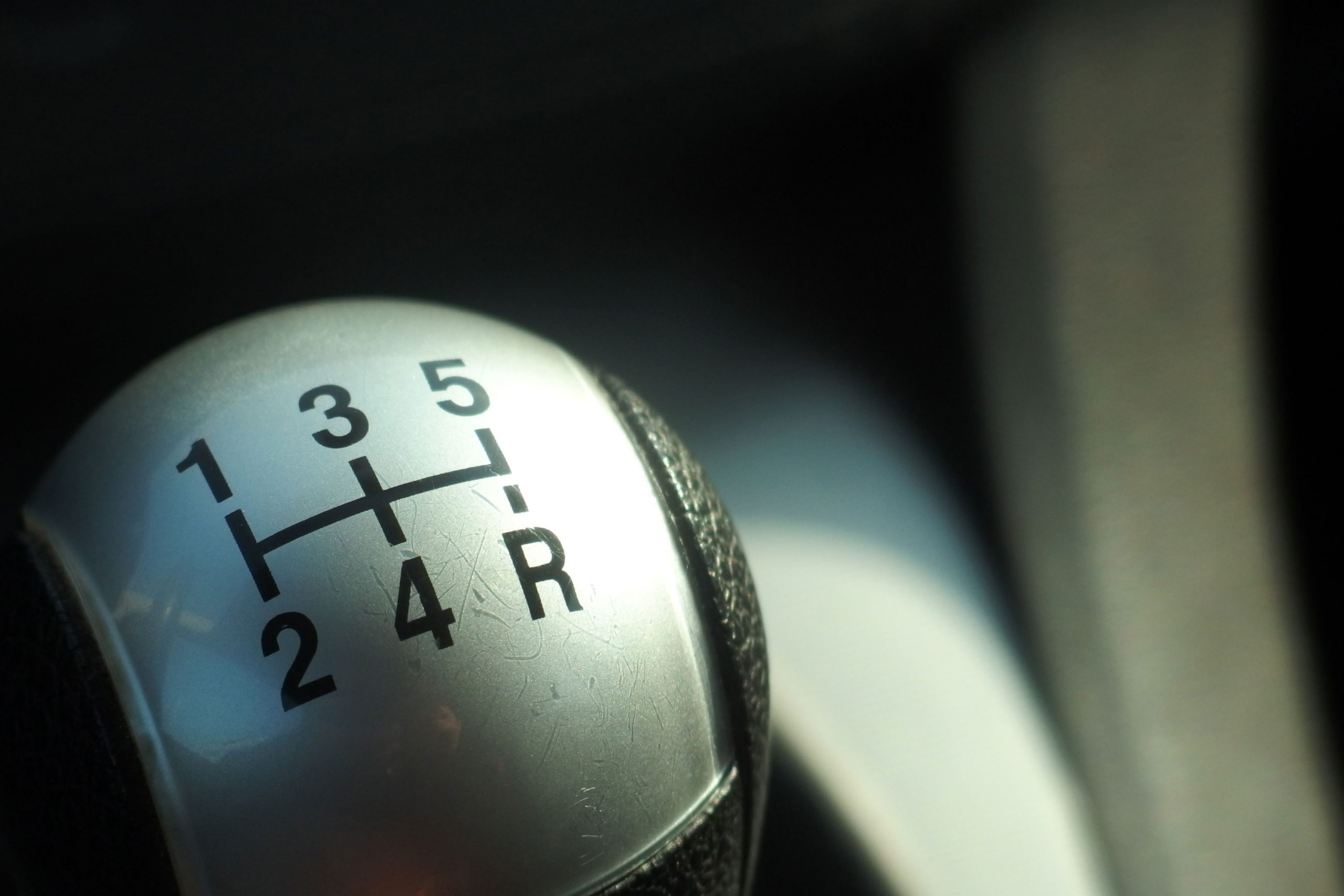
The gearshift no longer engages the selected gear. This may indicate several malfunctions:
– the gear selection system inside the gearbox is blocked;
– the external linkage between the lever and the gearbox is defective (cables or transmission rods disconnected, for example);
– the gearbox has been operated without oil, and internal components have deteriorated.
Preventive maintenance to avoid gearbox problems
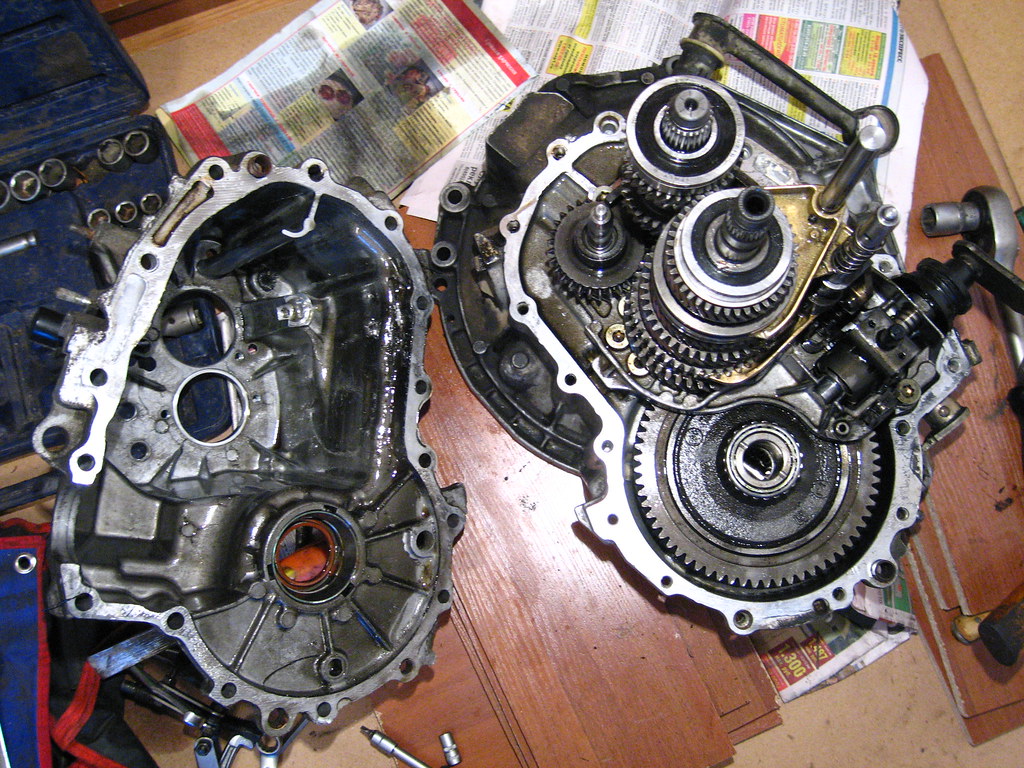
Taking care of your gearbox is essential to minimise technical problems and repair obligations.
There are several aspects to be monitored regularly:
– you should check the oil level in the gearbox often during periodic visits;
– the gearbox oil change, even if some manufacturers do not recommend it (lifetime oil), is necessary at least every 2 years or 50,000 km;
– the gear selection linkage needs to be checked regularly (lubrication of the ball joints, absence of play, etc.);
– you must also check the gearbox spring supports.
Gearbox overhaul
Some car workshops nowadays tend to systematically replace the gearbox with a standard exchange, and many of them no longer dare to “open” the gearbox. This can lead to unjustified repair costs for the customer. Don’t hesitate to get in touch with FIX IT TRANSMISSIONS; they specialise in transmission repairs!
Here are some examples of common repairs.
|
Services |
Observations |
|---|---|
|
Replacement of synchronizer |
It can be done in the workshop. |
|
Replacement of shaft bearing |
It can be done in the workshop. |
|
Replacement of gears |
The replacement of the box is the only alternative. |
The particular case of the robotised gearbox
The robotised gearbox is a mechanical gearbox whose gear selection is automatically ensured by 2 electric actuators, controlled by a gearbox computer (plus an actuator that controls the clutch).
Therefore, the same malfunctions are found as in the conventional gearbox, to which are added the possible electrical problems of the electronic gearbox management (disconnections, defective actuators or sensors, etc.).
You have reached the end of this post. Hope it will help you determine your gearbox issues, and remember to share and comment below.

